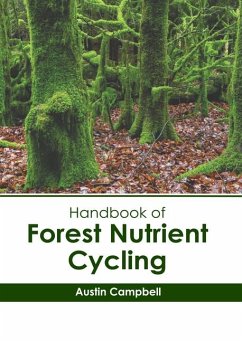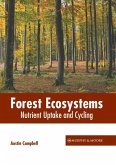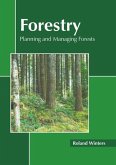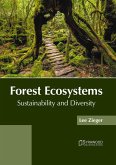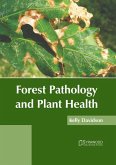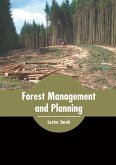Nutrient cycling is a cyclic process that includes the use, transfer and recycling of nutrients in the ecosystem. It involves the transfer of nutrients from the physical environment to living organisms and back to the physical environment. Nutrient cycling involves both biotic and abiotic components. Abiotic components include air, water and soil, whereas trees, animals and plants are biotic components. Gaseous cycling and sedimentary cycling are the two types of nutrient cycling. Gaseous nutrients such as carbon, hydrogen, nitrogen and oxygen are recycled in water, air and soil. Contrarily, nutrients such as calcium, phosphorus, and potassium are recycled mostly in soil. Plants in forest ecosystems require these nutrients for their metabolism, development and reproduction. Nutrient cycle help ecosystems function and restore ecological equilibrium by sustaining species, and genetic and ecosystem variety. This book unravels the recent studies on nutrient cycling. It aims to serve as a resource guide for students and experts alike and contribute to the growth of research on this topic.

